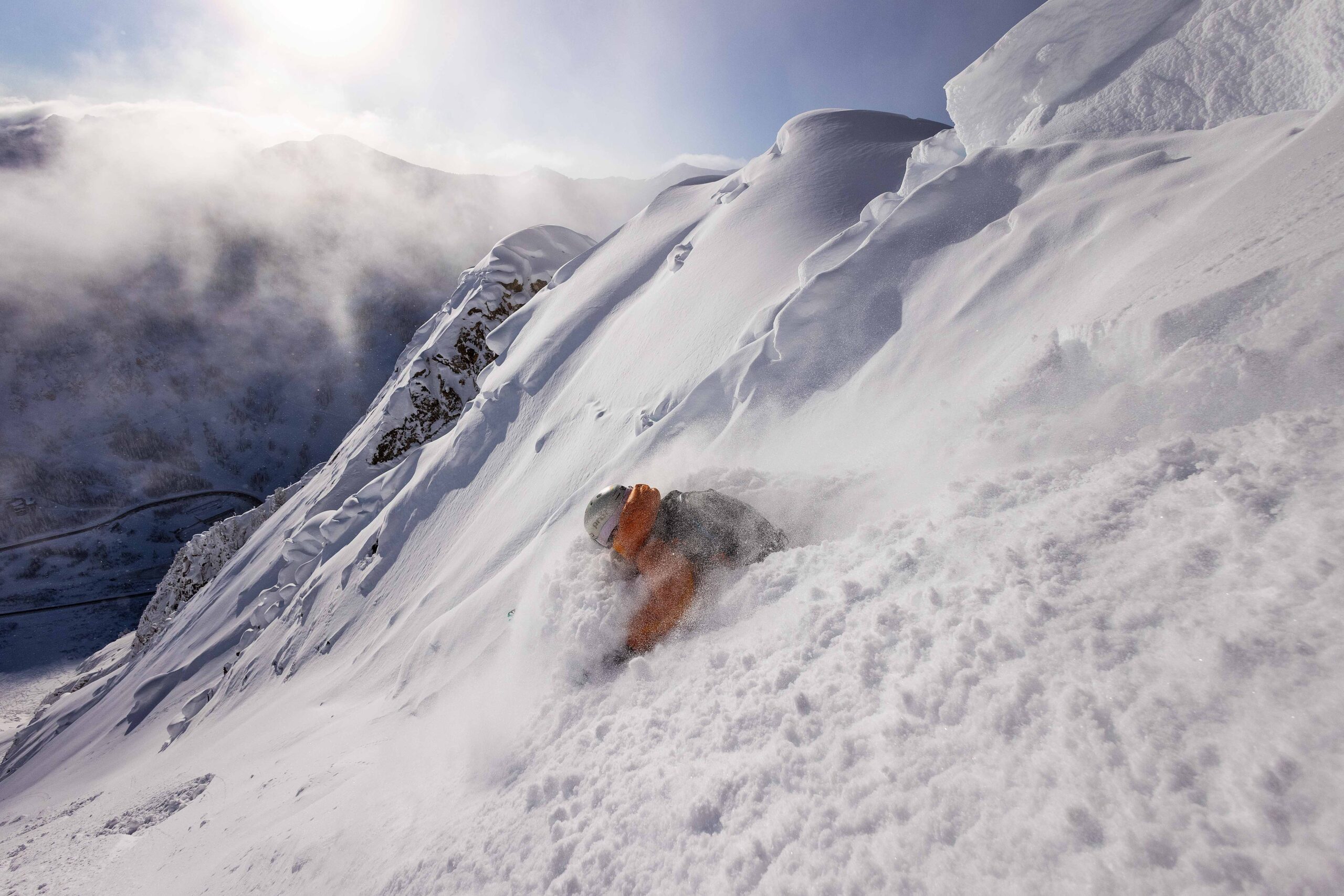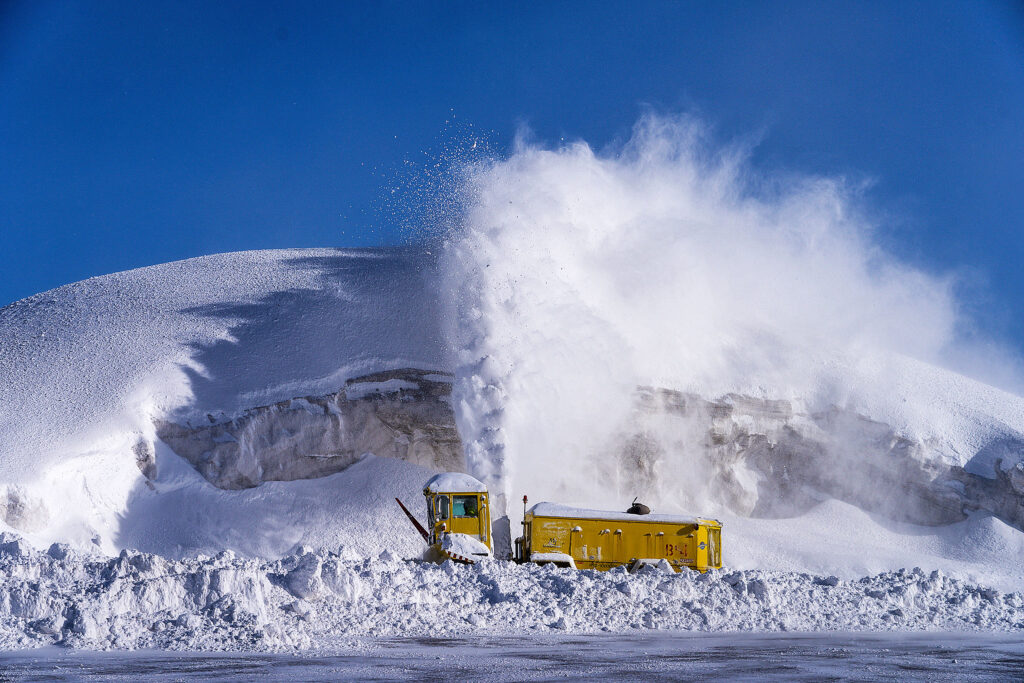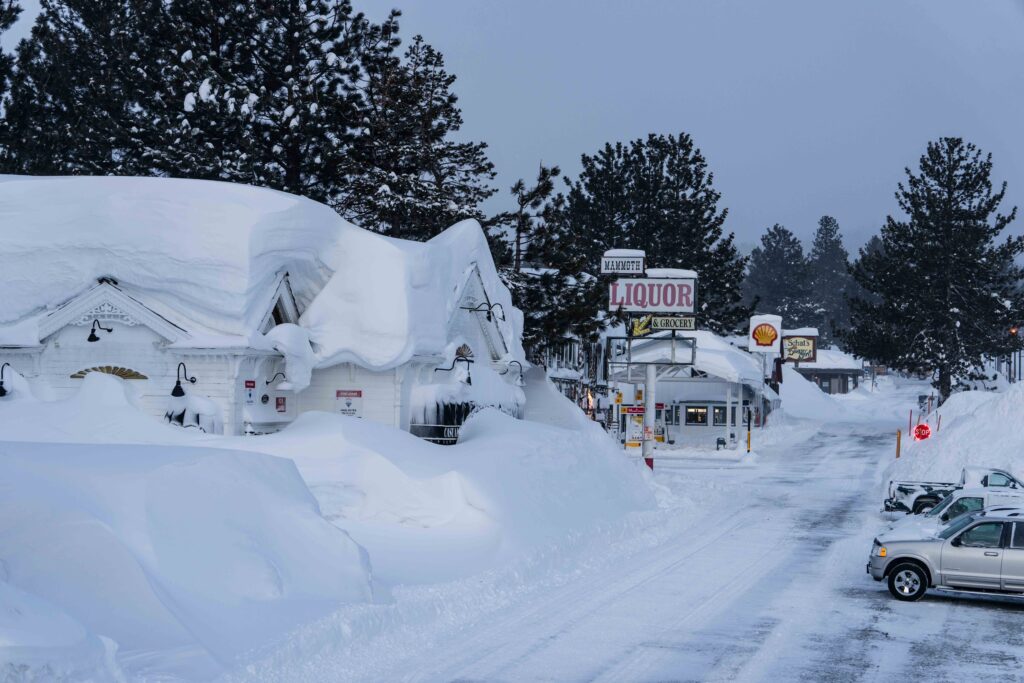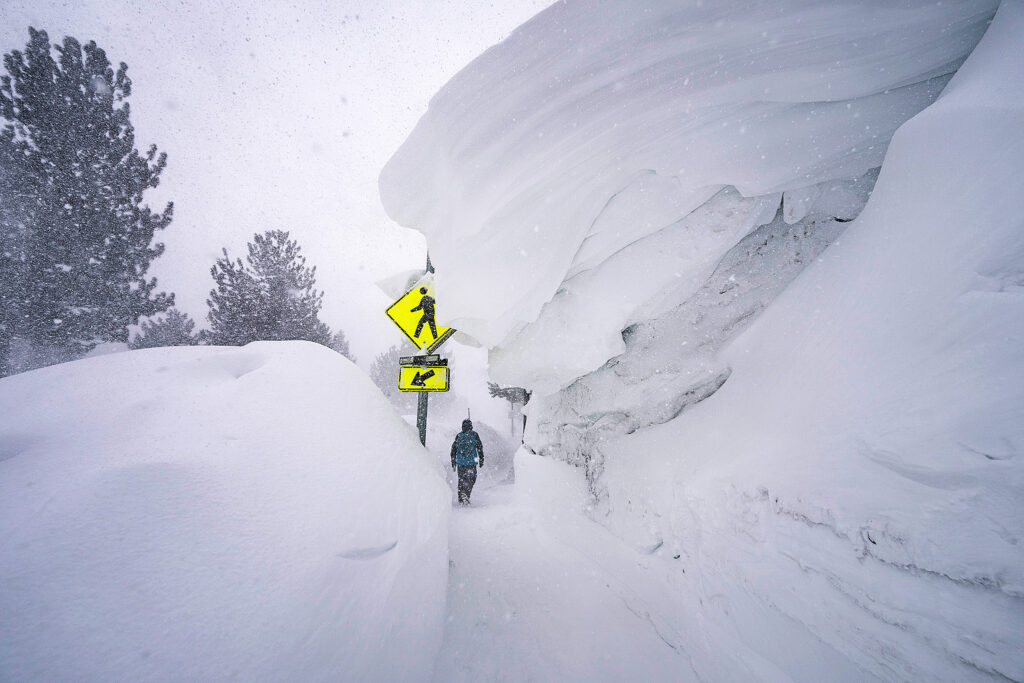Getting hammered


Featured image | Adam Clark
Want to know the winners from last season in terms of snow? Look no further than Utah and California, with plenty of mountains having a season for the ages
That must be a typo, I thought, as I delved into the North American snow stats for 2022/23 and stumbled across Alta’s 903 inches.
Sure, I knew plenty across the pond had banger winters (you can’t miss it, even if you want to bury your head during a poor European season, thanks to Instagram) but crikey, this was closing in on 25m and Mount Baker’s world record 1,140 inches in 1998/99. To give this last stat some context, regarding just how big a snow year it was, the Washington State spot carded just 617 inches this time.
“Being in Utah (for the record-breaking winter) was special beyond just the skiing,” says veteran Fall Liner and Salt Lake City-based photographer Adam Clark.
“Seeing friends have to dig down to their front doors like they lived in a high-alpine hut was hilarious … while watching ski lines fill in that I’ve never seen exist was cool too, albeit worrying in terms of adding to my must-do (because you just don’t know when they chance will come around again) bucket-list.”




Interestingly, the season started slowly for Alta, with the first significant snow not falling until 22 October (later than is usual), but by the time the resort opened proper just shy of a month later they’d already received a bumper 101 inches, with the storm patterns pretty much set for the next 156 days, when they averaged a frankly absurd daily snowfall of over five inches (with one out of every five days getting at least a 10-inch powder day).
As to the mega snow days and shutdowns this part of Utah’s notorious for (when guests are Interlodged, and Little Cottonwood Canyon closed – which happened 25 times by late March), they got their share of those too, with six 24-hour periods where over 20 inches of snow fell.
In fact, all across the state there was plenty for those battered Subarus sporting ‘Utah Greatest Snow on Earth’ plates to celebrate, as 12 of their 15 ski areas broke all-time records. Brighton recorded a mighty 881 inches, Snowbird (838) and Solitude (816) were not far behind, while even 80 miles-to-the-north, and usually far less storm-blessed Snowbasin racked up 613-inches (more than the previous two winters combined).



California was a big white-gold winner too, led by Mammoth’s, er, mammoth 885-inch total at the summit (see our WTF?! shot). And while not quite matching Utah’s finest, they shattered their annual snowfall best by even more than Alta’s 155-inch gain, with the usually-averaging-400-inches Cali mountain jumping from a previous 1982/83 best of 546 inches, to last winter’s 715 inches recorded at the main lodge.
Palisades (723 inches at the 8,000ft Belmont snow plot) and Heavenly smashed their PB’s too, while Sugar Bowl, on the FL radar as it’s the home hill of contributor Daron Rhalves, was just three inches off their 795-inch all-time mark.
Other winners – albeit quite some way behind Utah and Cali – included Wyoming (with Jackson Hole’s 595 inches nudging the resort a handful of inches past their previous 2016/17 best for the Rendezvous Bowl), Arizona, Oregon, Idaho and western Colorado, with Wolf Creek living up to its ‘Most Snow In Colorado’ strapline with 495 inches.
“Watching friends constantly engulfed by the endless pow engrained a lot of memories,” says Alta-regular Adam Clark. “And with summer over, I’ve almost forgotten about the epic battles of shovelling, traffic, closed roads, closed resorts and truly epic avalanches too. I think I’m ready for another big one!”
Average rather than stellar is the consensus from team Nippon regarding last time out, with Niseko (on the usually snowier than Honshu island of Hokkaido) reporting 14m (or just over 550 inches) at mid-mountain; well down on the high of the last 10 years, 2012/13’s 17.2m at the same point. Still with an estimated 20-plus metres at the resort’s peak, it’s unlikely they’ll be worrying about North America too much just yet.